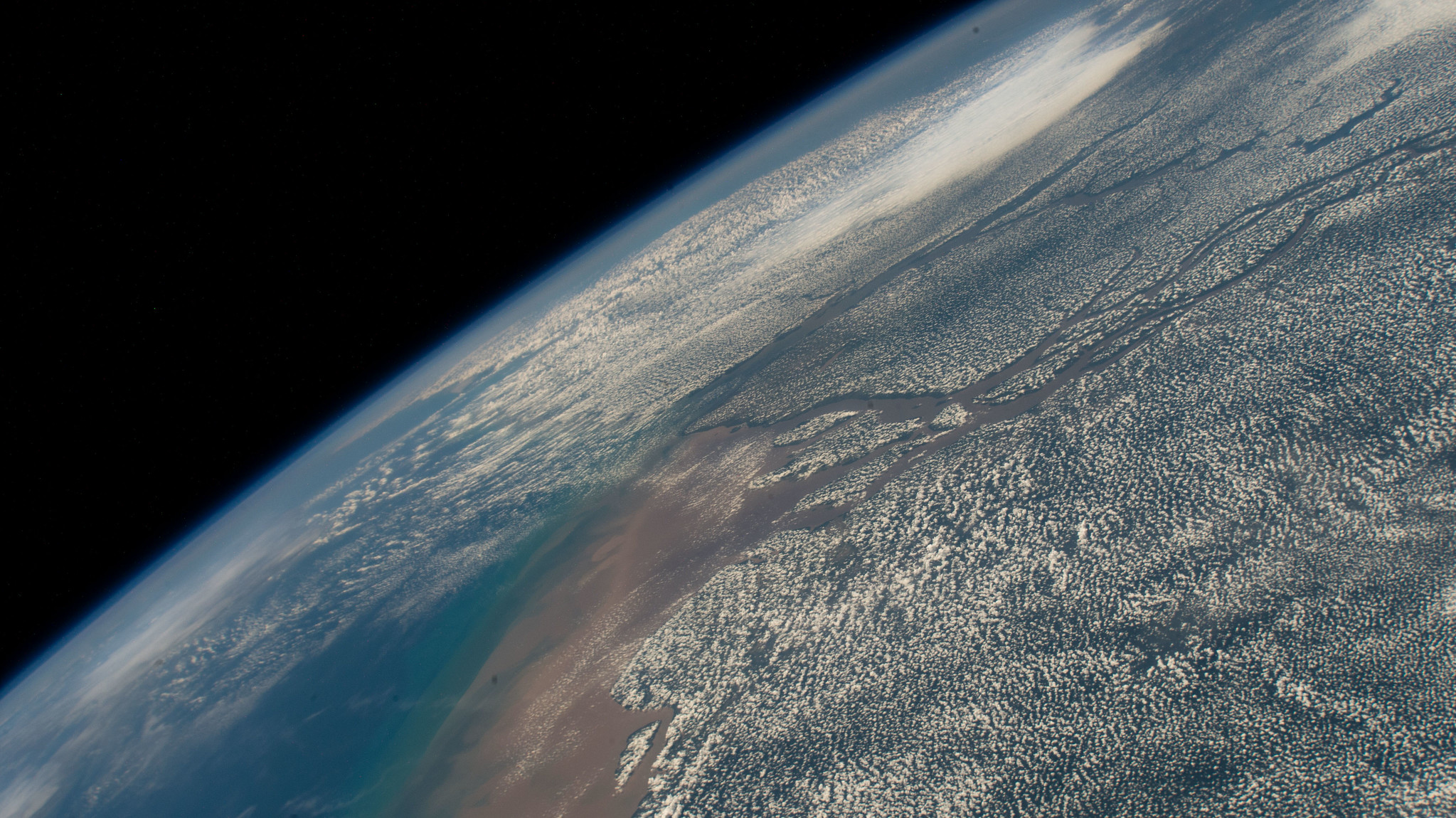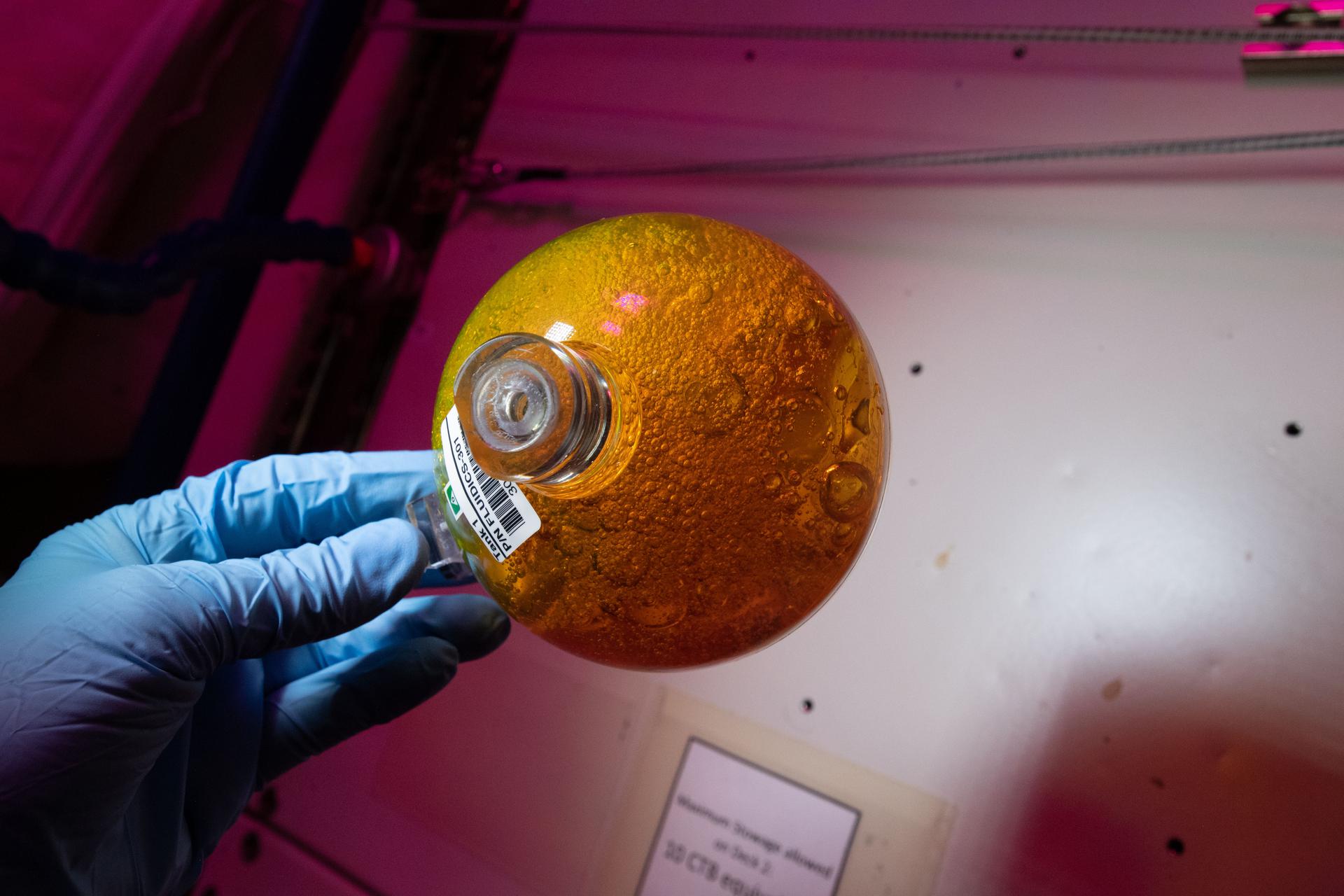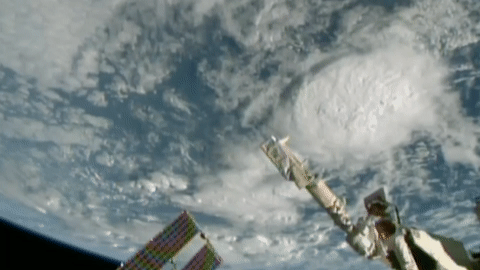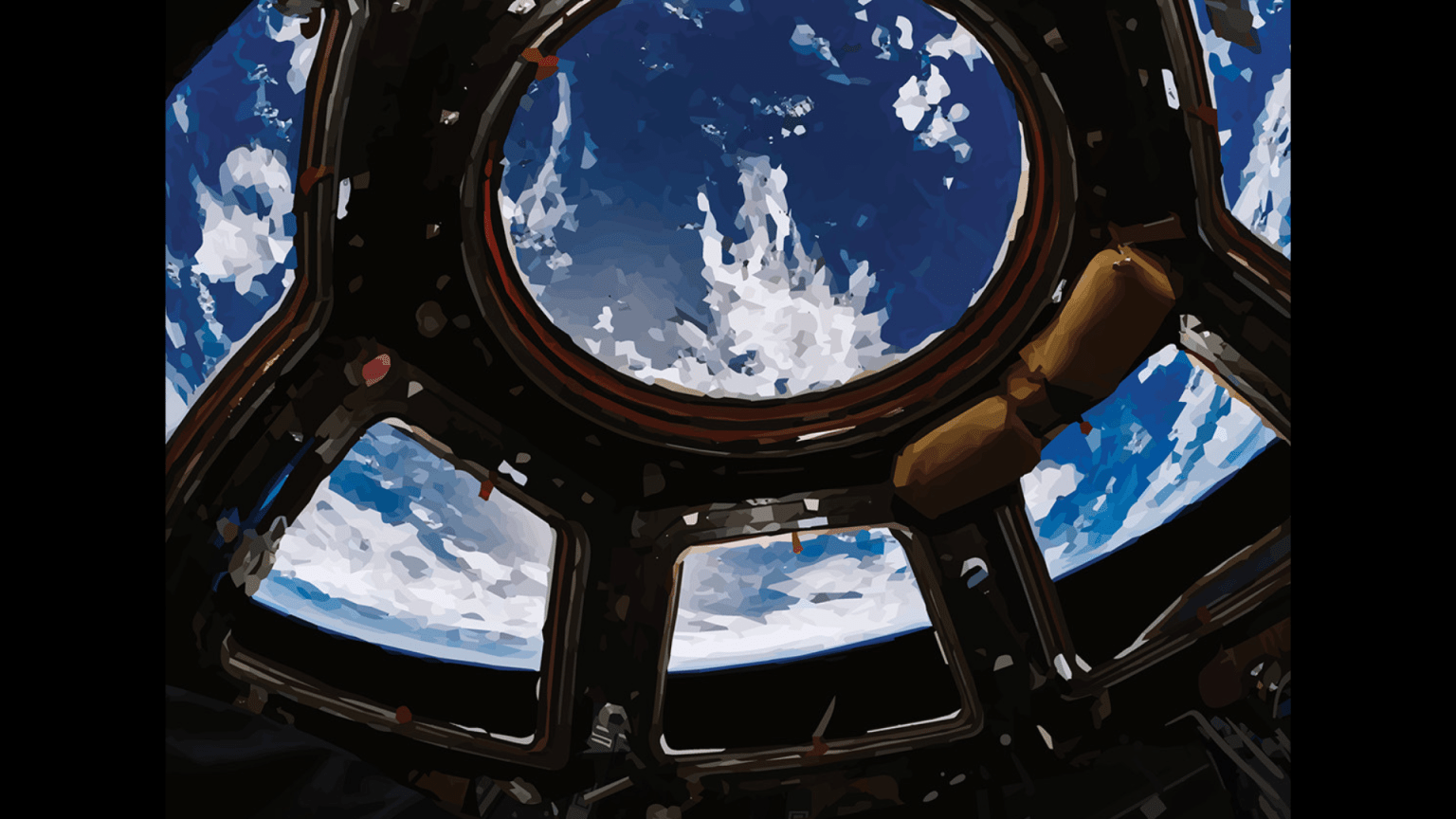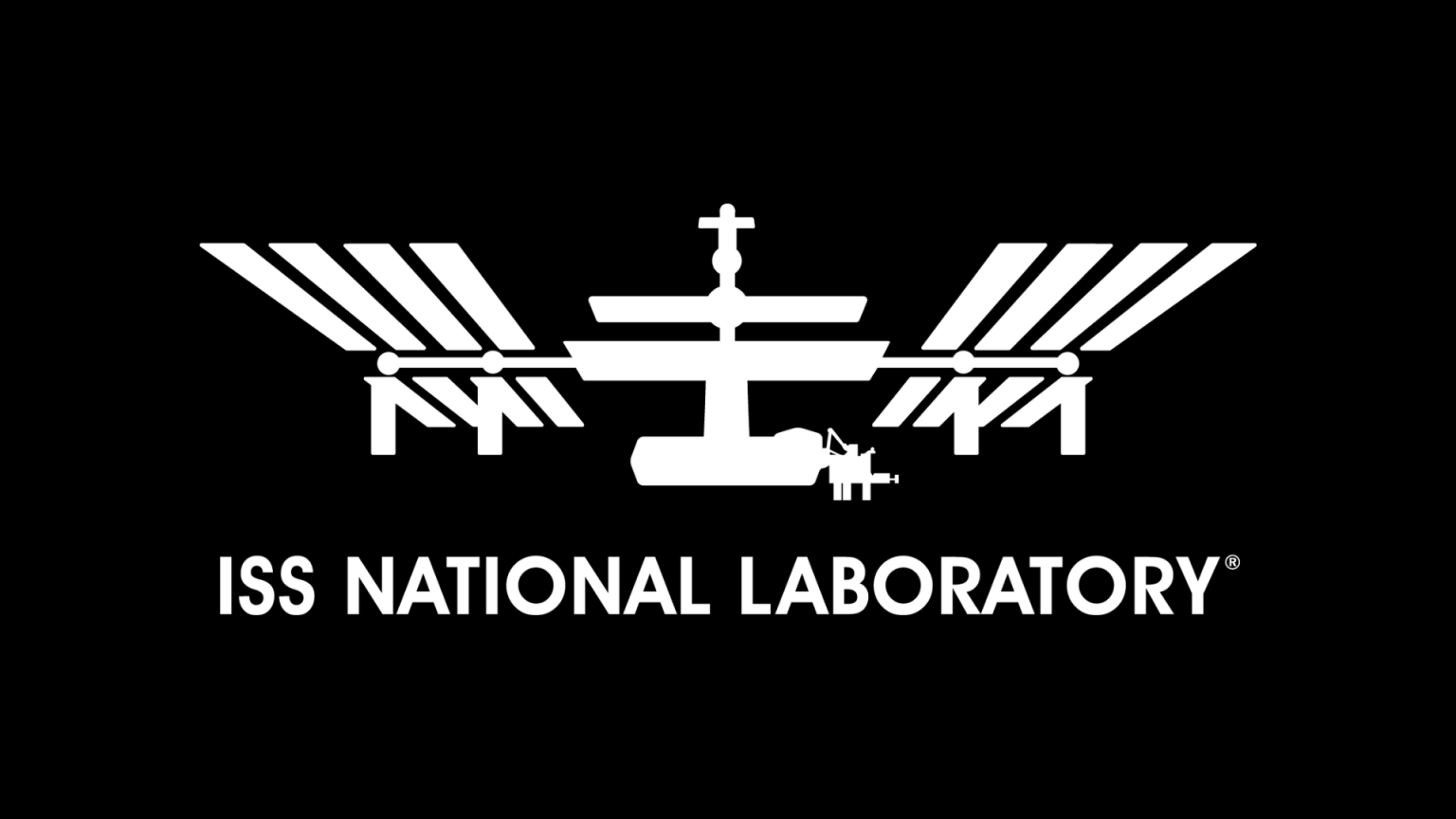Crew members aboard the International Space Station conducted scientific investigations during the week of Sept. 5 that included studying microgravity’s effect on the human grip, evaluating the behavior of liquids in a sphere, and launching small satellites carrying scientific investigations and technology demonstrations.
Here are details on some of the microgravity investigations currently taking place aboard the orbiting lab:
Grip this
An investigation from ESA (European Space Agency), GRIP studies the effects of spaceflight on a person’s ability to regulate the force of their grip and trajectory of upper limbs when manipulating objects. These abilities are adapted to Earth’s gravity and microgravity provides a unique environment to examine them and better understand how the human nervous system controls movement. Results could help to identify potential hazards for astronauts as they move between gravitational environments and contribute to better design of touch-based controls for systems used on future missions to the Moon, Mars, and beyond. During the week, crew members performed seated and supine sessions for the investigation.
Looking at liquid behavior
Observing liquid behavior inside a sphere in microgravity provides a good model for what happens in a spacecraft’s fuel tank. FLUIDICS, an investigation from ESA, evaluates the behavior of liquid in a sphere, including sloshing and wave turbulence. Results could provide insight into measuring the volume of the liquid, which may help improve the guidance and precision of satellites and optimize their lifespan through better fuel management. This investigation also may help provide a better understanding of Earth’s oceans, including the phenomenon of “rogue waves,” and contribute to improving climate prediction systems and optimizing the use of ocean-based renewable energy. Crew members performed several runs of the experiment during the week.
Small satellites, big results
The space station’s Nanoracks CubeSat Deployer provides a low-cost platform for launching these small satellites into space. CubeSats enable a variety of scientific investigations and technology demonstrations and provide students with opportunities for hands-on experience. During the week, crew members set up to launch five CubeSats.
CapSat-1 demonstrates a capacitor-based electrical power system for CubeSats, which currently use primarily lithium-ion polymer batteries. Capacitors have been shown to be safer, more cost- and volume-efficient, and more temperature-durable. The project, developed by The Weiss School in Florida, also provides hands-on engineering experience to middle and high school students.
Drag De-orbit Device (D3) tests a device with controllable drag surfaces to adjust a satellite’s rate of orbital decay and an algorithm for controlling these surfaces to reach a targeted re-entry point. This technology could provide a quicker way to deorbit spacecraft, helping to reduce the risk to other spacecraft and the ground.
CLICK A demonstrates laser pointing technology for communications between small spacecraft and for determining relative position of groups of small spacecraft. These groups, called constellations or swarms, could carry sensors for a variety of scientific investigations.
JAGSAT tests an instrument to measure electron density in the upper layer of Earth’s ionosphere. The instrument can be re-configured from the ground, providing flexibility for scientific experiments in space. It also enables study of irregularities in the upper atmosphere that can interfere with radio signals and hamper operations on Earth that rely on such signals.
BeaverCube uses multiple cameras to photograph Earth’s oceans and detect the temperature of cloud tops and the ocean surface. These data may improve understanding of the concentration of phytoplankton, microscopic marine algae that play a significant role in generating atmospheric oxygen and in Earth’s climate and weather systems.
Other investigations involving the crew:
- RFID Smart Sensor builds on radio frequency identification (RFID) inventory management technology used on the space station. Results could increase the accuracy of RFID inventory and location estimates, reducing crew time spent on manual inventories and searching for items and freeing up more time for scientific investigations and other activities.
- Ring Sheared Drop examines formation of amyloid fibrils, which create a waxy plaque in the brain and may be involved in development of some neurological diseases. Investigation results may contribute to a better understanding of these diseases and development of potential treatments.
- Standard Measures collects a set of core measurements, including data on behavioral health and performance, cellular profiles and immunology, the microbiome, biochemistry markers, sensorimotor changes, and cardiovascular health. These data help researchers characterize adaptive responses to living and working in space and monitor the effectiveness of countermeasures.
- XROOTS uses the Veggie facility to test hydroponic (liquid-based) and aeroponic (air-based) techniques to grow plants without soil or other traditional growth media, which could enable production of crops on a larger scale for future space exploration.
John Love, ISS Research Planning Integration Scientist
Expedition 67




























